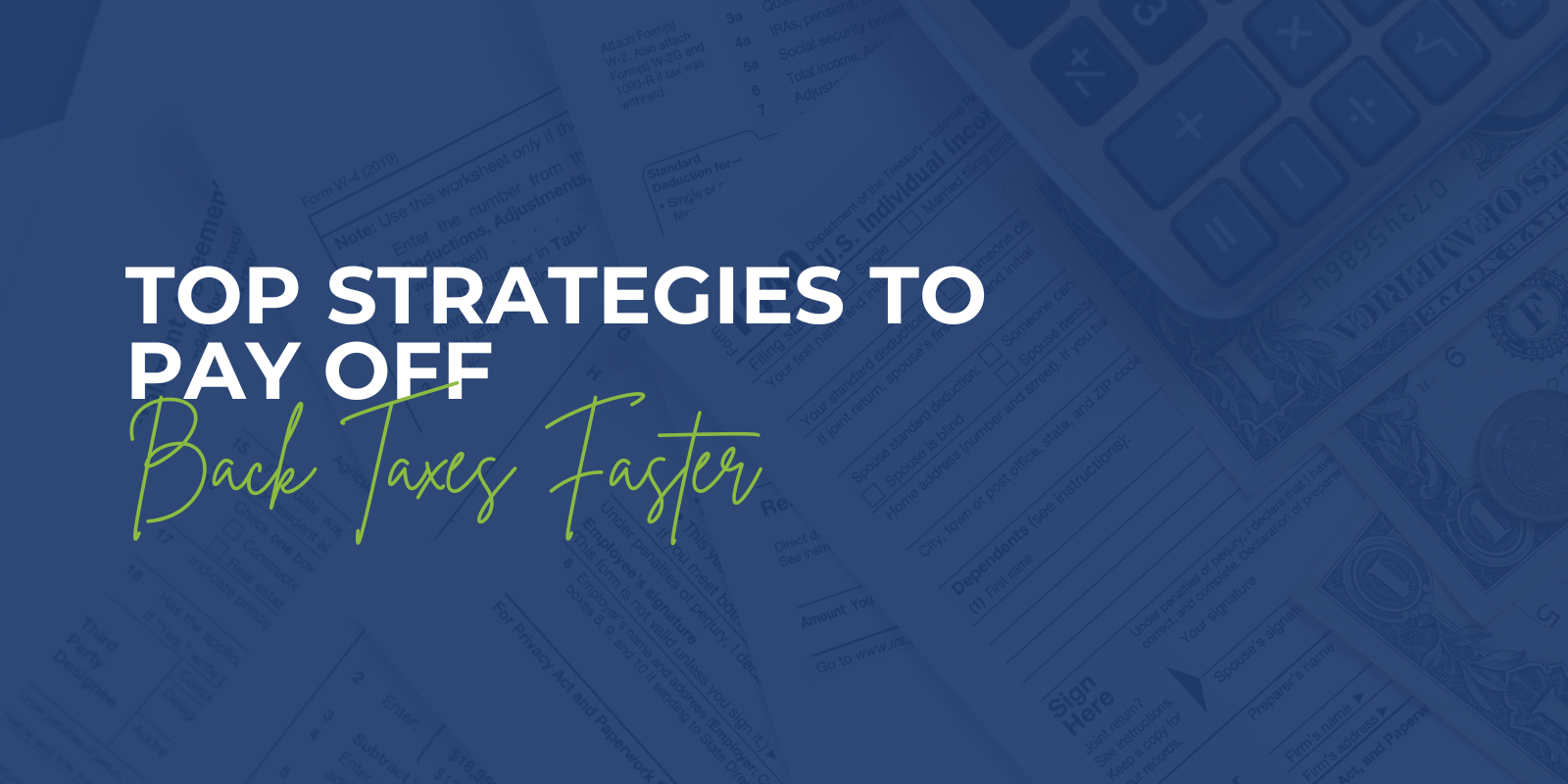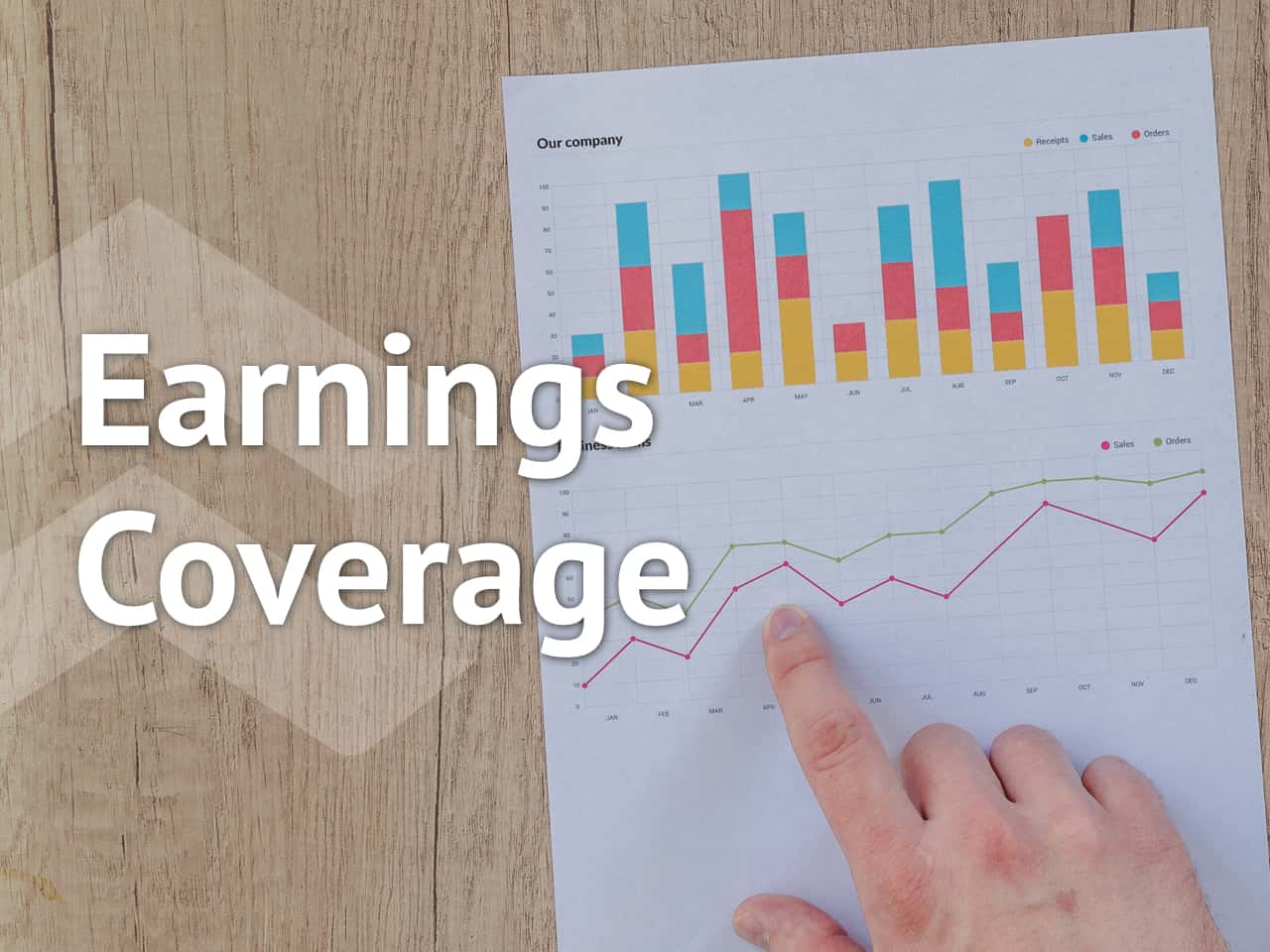Updated for tax year 2025.
Owning a home comes with numerous benefits, and one of them is the opportunity to claim various tax credits and deductions. Let’s look at some ways you can maximize your tax savings as a homeowner this year.
At a glance:
Choose between itemizing or taking the standard deduction depending on tax savings potential.
Homeowners can deduct property taxes, mortgage interest, and explore homestead exemptions.
Understand capital gains tax rules when selling a home, including exclusions for profit up to $250,000 (or $500,000 for joint filers).
Many energy-efficient home improvement tax credits, such as the Energy Efficient Home Improvement Credit and Residential Clean Energy Credit, are still available for 2025, but will be eliminated after Dec. 31, 2025.
1. Decide whether you want to itemize or take the standard deduction.
When filing your taxes as a homeowner, you have a choice between itemizing your deductions or taking the standard deduction. Which option is best for you depends on several factors — most importantly, whether your itemized deductions would give you a bigger tax break than the standard deduction.
Here are the standard deduction rates for tax years 2024 and 2025:
When taking the standard deduction, you won’t be able to take certain homeowner deductions that are only available to itemizers. However, for many people, the standard deduction is still the best option because their itemized deductions would amount to less than the standard deduction. It’s all about which option will get you the biggest tax break.
2. Claim tax deductions and tax credits available to homeowners.
What do homeowners get to write off on taxes?
Homeowners have the option to deduct the following:
Property tax deduction – Married couples filing jointly can deduct up to $10,000 of property taxes, while single filers and those married filing separately can deduct up to $5,000. This deduction is only available if you itemize.
Mortgage interest deduction – This deduction allows you to lower your taxable income by deducting mortgage interest you paid during the year. This deduction is limited to interest on up to $750,000 of qualified mortgage debt for single filers, heads of household, and those married filing jointly. If you are married filing separately, the limit is $375,000. This deduction is also only available to itemizers.
Homestead exemption – Most states offer a homestead exemption to minimize property taxes for homeowners, but the rules and eligibility requirements vary greatly by state. To learn if you might qualify, head over to your county tax assessor’s website.
We’ll go over some other tax breaks available to homeowners in more detail below.
3. Make energy-efficient home improvements and updates before the end of 2025.
If you’re considering making some green energy home updates, we’ve got good news — there are still tax incentives available for 2025. Namely, the Energy Efficient Home Improvement Credit and the Residential Clean Energy Credit. However, it’s important to note that both credits will now be phased out sooner than previously scheduled due to recent changes in tax law.
4. Know how capital gains taxes work.
Thinking of selling your home? If so, you might be subject to capital gains tax.
The good news is you can exclude some of that gain from your taxable income. If you sell your home for more than you paid for it, you will not have to pay capital gains tax on the first $250,000 of profit ($500,000 if you are married filing jointly). If your profit is above this limit, you’ll pay capital gains tax on the excess. Unlike short-term capital gains that are dependent on your tax bracket, the long-term capital gains tax rate is determined by your income.
You can generally only claim this exclusion once every two years. You also need to have owned the property for at least two years, and the house must have been your primary residence.
However, you can still qualify for a partial exclusion if you need to sell your home before the two-year mark due to “unforeseen circumstances.” This could include unexpected situations such as a change of employment or health issues that you “could not have reasonably anticipated” before you bought and lived in the home.
Some examples include:
A death in your family
Divorce or legal separation
Losing your job and not being eligible for unemployment compensation
A change in employment status that leaves you unable to pay for housing or basic living expenses
A pregnancy resulting in multiple births
Natural or manmade disasters
Factoring in cost basis
Certain home improvements can increase your basis (and thereby reduce your gains) when selling your home. To qualify, these improvements must have added value to your home; repairs and general maintenance expenses do not count. This is why it’s crucial to maintain records of all home improvements — it may save you money down the road.
Here are just a few examples of qualifying home improvements that can reduce your gains:
Additions such as a room, patio, or garage
Fences and landscaping
Roofs and siding
Insulation
Heating systems or central air conditioning
Water heaters
Kitchen updates
Flooring
IRS Publication 523, Selling Your Home, talks about this topic in more detail.
5. Know what is NOT deductible for 2025.
While homeowners can enjoy numerous tax benefits, not all homeowner expenses are tax-deductible.
The following expenses are generally not tax-deductible for your primary residence:
Your down payment
Home insurance premiums
Depreciation of the home
Homeowners’ association fees
Utility costs
Keep in mind that this is not an exhaustive list and different rules apply to certain rental properties you may own.
TaxAct® can help you if you are unsure whether a home expense is deductible. We’ll ask you detailed questions about your home expenses when you file and help you claim any related tax breaks (certain tax breaks may only be available in paid SKUs).
FAQs
The bottom line
As a homeowner, understanding the various tax credits and deductions available to you (as well as any tax changes that may have happened) is crucial for maximizing your tax savings. By implementing energy-efficient upgrades while you still can, taking advantage of tax deductions, and properly documenting expenses for home improvements, you can significantly reduce your taxable income.
And when you’re ready to file your tax return, check out our useful tax document checklist that includes a section for personal records such as mortgage interest paid and real estate taxes.
This article is for informational purposes only and not legal or financial advice.
All TaxAct offers, products and services are subject to applicable terms and conditions.




























